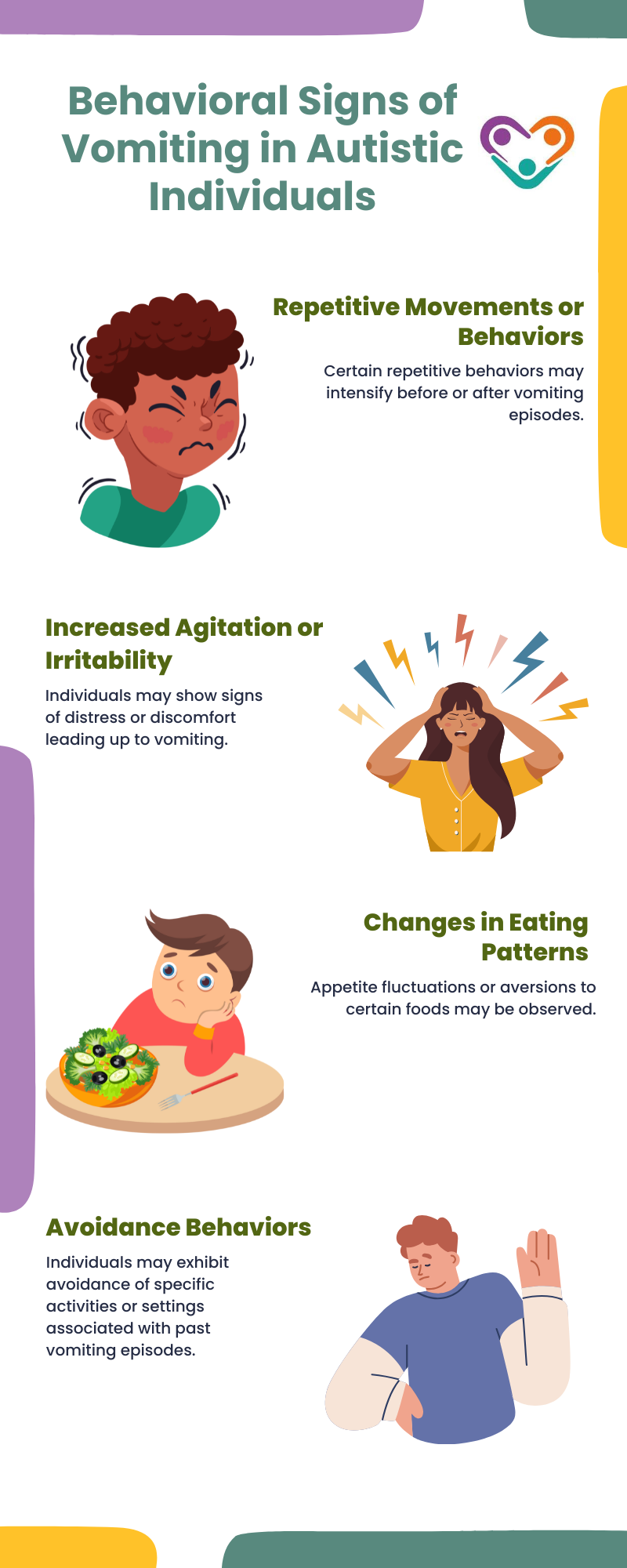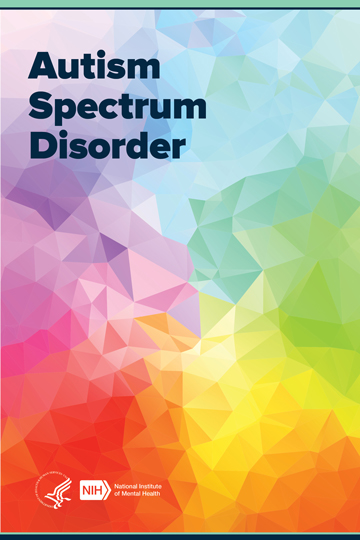Can Autism Spectrum Therapies guide developing independence in teens with ASD?
Can Autism Spectrum Therapies guide developing independence in teens with ASD?
Blog Article
Recognizing the Impact of Behavioral Autism on Day-to-day Live and Social Interactions
You may not understand how deeply behavior autism influences day-to-day life and social communications. Individuals on the range frequently navigate a globe loaded with interaction obstacles and sensory overload. These obstacles can lead to disappointment and seclusion, influencing their relationships and overall wellness. Understanding these nuances is essential for fostering encouraging settings. What strategies can we implement to produce even more meaningful connections and inclusive spaces? The answers could amaze you.
Specifying Behavior Autism and Its Attributes
Behavior autism, typically referred to as autism spectrum condition (ASD), includes a series of conditions characterized by obstacles in social interaction, communication, and repeated behaviors. You could observe that individuals with ASD typically struggle to translate social cues, which can bring about misconceptions in conversations. They may discover it hard to develop eye get in touch with or engage in little talk, making social situations really feel frustrating.
Interaction problems can manifest in various methods, from postponed speech advancement to a choice for making use of fewer words. By recognizing these characteristics, you can cultivate an environment that advertises approval and urges effective communication, helping individuals with autism flourish in their day-to-day communications.
The Range of Autism: Understanding Variability in Habits
Autism range problem (ASD) isn't a one-size-fits-all diagnosis; it differs widely amongst people. You may observe that some individuals with ASD exhibit moderate signs and symptoms, while others might encounter more substantial challenges. This variability can manifest in behaviors, passions, and sensory sensitivities. You may come across people that are very spoken and engage quickly in conversations, while others may prefer solitary activities or connect non-verbally.
Additionally, the means individuals with ASD reply to sensory input can differ considerably; some could be bewildered by loud sounds or intense lights, whereas others prosper in boosting atmospheres. The spectrum also includes differences in social interactions; some people may have a hard time to interpret social hints, while others navigate social settings with family member ease. Recognizing this variability is vital, as it helps you value each person's distinct experience and dressmaker support to their particular demands, cultivating a much more inclusive atmosphere for everybody.
Interaction Challenges Encountered by Individuals With Autism
When you interact with people on the autism range, you might discover their unique communication challenges. They frequently encounter problems with both nonverbal and verbal cues, which can impact their social communications. Comprehending these obstacles is crucial for fostering much better links and support.

Verbal Communication Problems
Numerous individuals on the autism spectrum experience spoken communication problems that can considerably affect their daily communications. You could find it testing to reveal your thoughts, sensations, or requires clearly. This can cause aggravation for both you and those around you, as misunderstandings happen. You might fight with starting conversations, preserving a topic, or recognizing subtleties in speech. Frequently, you could favor making use of easy language or recurring expressions, which can restrict your capability to participate in much deeper discussions. Your rate, tone, or volume might not line up with social expectations, causing others to misunderstand your intents. Recognizing these difficulties can help you and your assistance network establish methods to enhance communication and foster far better links with others in your daily life.
Nonverbal Interaction Obstacles
Spoken communication isn't the only challenge people on the autism range face; nonverbal interaction obstacles can be simply as considerable. These difficulties can lead to misunderstandings or misinterpretations of social signs, making interactions really feel overwhelming or complicated. By attending to nonverbal communication, you can find approaches to enhance your social experiences and enhance your overall top quality of life.
Social Communication Impacts
Social interactions can usually feel frustrating due to the one-of-a-kind communication obstacles encountered by individuals with autism. Identifying these challenges can assist you locate approaches to boost communication, such as exercising social skills in secure setups or using visual help. Comprehending your demands permits you to browse social interactions with greater confidence and simplicity.
Social Communication and Connection Structure in Autism
While structure partnerships can be challenging for individuals with autism, comprehending their special point of views and interaction designs can cultivate meaningful connections. You may observe that many people on the spectrum prefer straight interaction and might have problem with social hints or tiny talk. By being uncomplicated in your communications, you can help develop an environment where they feel comfy.
Involving in shared interests can likewise offer as a bridge to deeper connections. Whether it's a leisure activity, a favored show, or a mutual interest, these common strings can open doors to friendship.
Life Regimen: Navigating Challenges and Methods
Maneuvering life regimens can be specifically testing for individuals with autism, particularly when unforeseen modifications happen. You may discover convenience in having a structured routine, as it helps you expect what's next. When interruptions occur, it's regular to really feel overwhelmed or anxious. To navigate these difficulties, think about carrying out aesthetic timetables or checklists. These tools can offer clarity and reassurance.
Establishing a regimen that consists of sensory breaks can also be valuable. You can intend time-outs throughout your day to reenergize. It's vital to communicate with those around you, letting them understand your choices and requirements. This aids produce an understanding setting.
Lastly, technique mindfulness strategies to take care of stress and anxiety and anxiety. Easy breathing workouts or basing strategies can make a substantial difference. By including these methods, you can enhance your day-to-day regimen and minimize interruptions, making life really feel more convenient.
Toughness and Abilities of People on the Autism Spectrum
Comprehending day-to-day live routines is just one facet of the autism experience. Numerous people on the autism range possess remarkable strengths and abilities that establish them apart. You could find that your focus to detail is outstanding, allowing you to master tasks that require precision and emphasis. Your ability to think outside package can result in cutting-edge services in different circumstances.
In addition, your memory skills commonly beam, particularly in locations of passion. Autism Therapist. This flair for retaining information can make you a valuable resource in areas like science, modern technology, or art. You may also display solid aesthetic reasoning, allowing you to picture intricate principles and address problems artistically
In addition, your distinct perspective on the world can foster empathy and understanding in others, enhancing social interactions. Embracing these strengths not just enhances your confidence however also helps others appreciate the diverse abilities you give the table.
Producing Comprehensive Atmospheres for Individuals With Autism
Creating comprehensive environments for more info people with autism begins with creating sensory-friendly rooms that accommodate their special demands. You can likewise foster chances for social interaction, helping to construct relationships and connections. By making these adjustments, you'll add to a much more welcoming ambience for everybody.
Designing Sensory-Friendly Spaces
While creating sensory-friendly rooms, it's important to mirror on the unique needs of individuals with autism. Integrate peaceful zones where people can pull away and reenergize when overwhelmed. Consist of visual schedules or clear signs to help people browse the space confidently.
Promoting Social Interaction Opportunities
Designing sensory-friendly spaces not only addresses individual comfort yet additionally sets the stage for significant social interactions amongst individuals with autism. To promote these interactions, develop comprehensive settings that welcome involvement. Organize organized tasks, like here art classes or group games, that encourage collaboration without frustrating sensory input. Use aesthetic help and clear communication to help everyone involve pleasantly. Urge peer mentoring, combining individuals with autism with supportive peers that can lead them via social scenarios. Furthermore, think about holding routine area events that commemorate neurodiversity, fostering approval and understanding amongst all individuals. By executing these methods, you can enhance social chances, assisting individuals with autism build relationships and reinforce their social skills in a safe, inviting setting.

Often Asked Inquiries
How Can Pals Support A Person With Behavioral Autism?
You can sustain a friend with behavioral autism by being person, paying attention actively, and respecting their limits. Involve in tasks they delight in, interact openly, and produce a comfortable setting where they really feel valued and recognized.
What Resources Are Readily Available for Parents of Children With Autism?
You can discover numerous sources for parents of children with autism, consisting of assistance teams, instructional websites, and regional social work. Getting in touch with various other parents can likewise offer useful understandings and shared experiences to aid navigate obstacles.
Can Behavioral Autism Adjustment With Time?

Yes, behavioral autism can transform with time. You could observe shifts in interaction, social skills, and actions as your kid grows. Early intervention and assistance commonly play crucial functions in these developing adjustments.
Just How Do Sensory Level Of Sensitivities Affect Daily Life?
Sensory level of sensitivities can make daily experiences overwhelming. You may have problem with bright lights or loud sounds, resulting in stress or evasion. Finding settings that accommodate your demands can substantially enhance your comfort and general life.
What Are Common Misconceptions Regarding Behavioral Autism?
You might think behavioral autism just influences interaction abilities, but it's more facility. Several presume people do not have empathy or intelligence, which isn't real. Comprehending these false impressions helps foster acceptance and assistance for those on the spectrum.
Behavior autism, frequently referred to as autism range problem (ASD), includes a variety of problems identified by obstacles in social interaction, communication, and repeated habits.Social communications can typically really feel frustrating due to the one-of-a-kind interaction obstacles faced by people with autism.Designing sensory-friendly here areas not just addresses individual comfort yet additionally establishes the phase for purposeful social communications amongst people with autism. Urge peer mentoring, pairing individuals with autism with supportive peers who can assist them with social situations. By applying these techniques, you can improve social opportunities, helping individuals with autism develop relationships and enhance their social abilities in a secure, welcoming setting.
Report this page